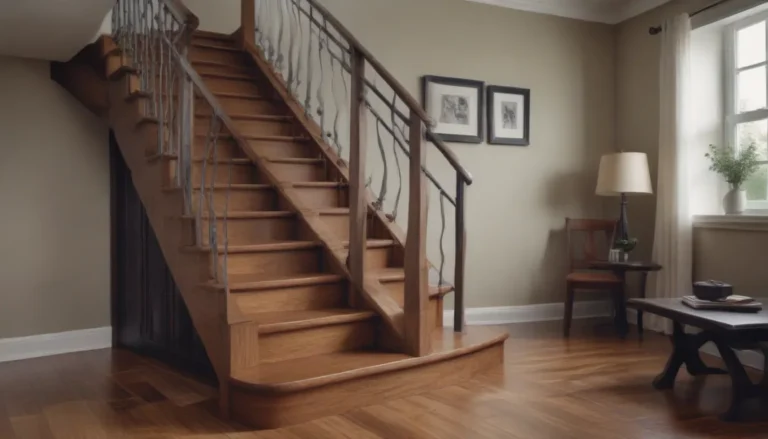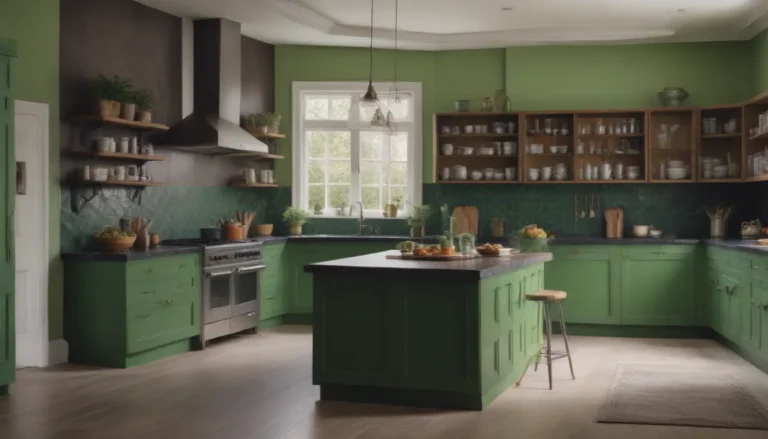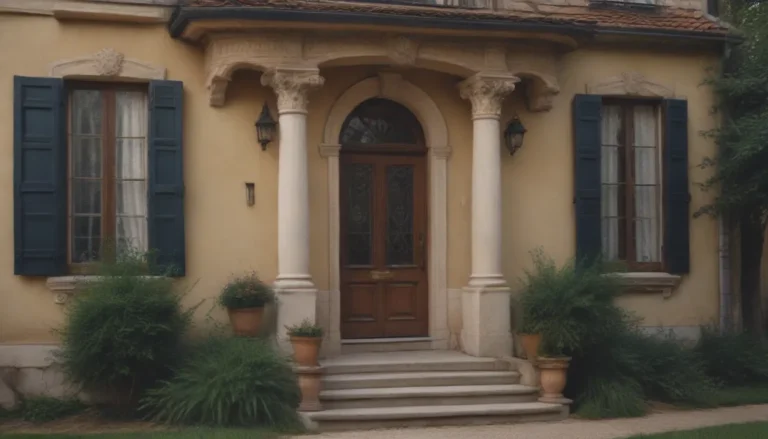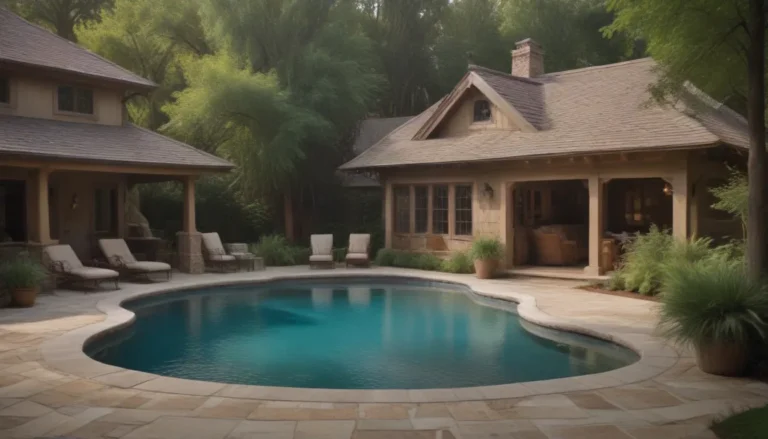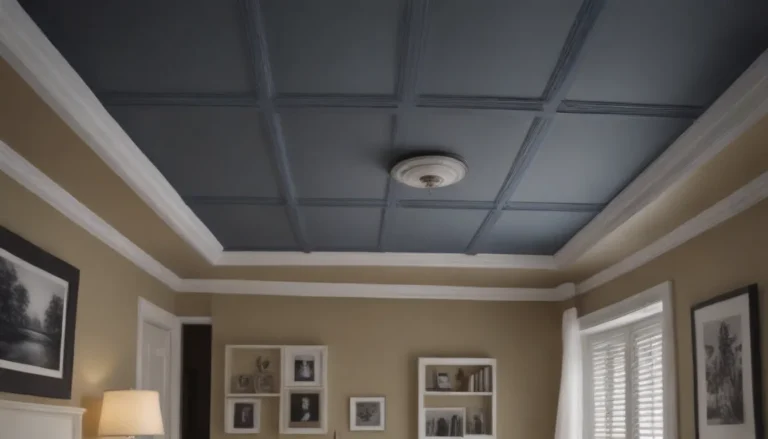Discover the Beauty of Rococo Architecture
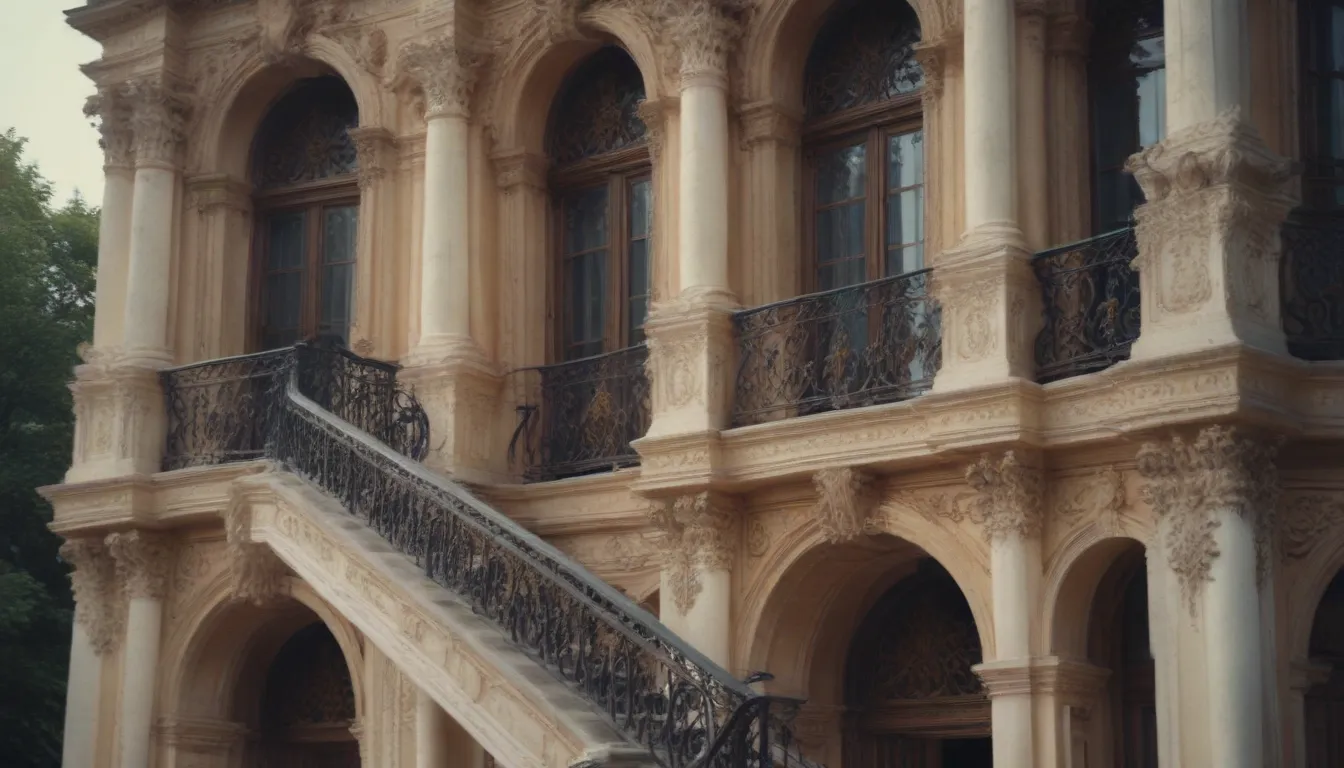
Are you a fan of ornate, flamboyant architecture that exudes intricate details and layers of elegance? If so, you may be drawn to the enchanting world of Rococo architecture. This whimsical style, also known as Late Baroque, emerged in 18th-century Paris as a breath of fresh air in reaction to the strict confines of the Baroque era, exemplified by iconic structures like the Palace of Versailles. Let’s delve deeper into the captivating history and key characteristics of Rococo architecture, exploring notable examples that showcase the beauty and grandeur of this unique style.
Unveiling the History of Rococo Architecture
Rococo architecture, art, and design blossomed in Paris in the aftermath of King Louis XIV’s reign, a time when Parisians sought to break free from the rigid constraints of Baroque architecture. The death of the Sun King paved the way for a new era characterized by a more lighthearted and playful approach to aesthetics. As Parisians returned from Versailles to renovate their homes with a freer spirit, Rococo style began to flourish.
The reign of King Louis XV (1715-1774) marked the pinnacle of Rococo architecture, with the style gaining popularity in the 1720s. Playful and exuberant, Rococo is like a delicate wedding cake, with pastel hues and a classically feminine allure that stood in stark contrast to the testosterone-driven aesthetic of the previous era. The Rococo salon became a vibrant universe of art and design, where interiors, furniture, and decorative elements combined to create a high-spirited atmosphere perfect for entertaining aristocratic guests.
As Rococo style spread throughout France and beyond to countries like Austria, Germany, Italy, and Russia, it eventually gave way to the more restrained Neoclassical style around 1770. However, the legacy of Rococo architecture lives on in the exquisite examples that continue to captivate visitors with their intricate beauty and charm.
Exploring Key Characteristics of Rococo Architecture
- Ornate and intricate detailing: Rococo architecture is characterized by its elaborate ornamentation, featuring delicate motifs, intricate carvings, and lavish embellishments.
- Playful and whimsical aesthetic: The Rococo style exudes a sense of playfulness and whimsy, with curving lines, asymmetrical shapes, and an emphasis on lightness and grace.
- Pastel hues and feminine allure: Rococo interiors often feature soft, pastel colors and a classically feminine aesthetic, creating a sense of elegance and sophistication.
Delving into Notable Examples of Rococo Architecture
Hotel de Soubise in Paris, France
One of France’s finest examples of Rococo style, the Hotel de Soubise in the Marais neighborhood of Paris showcases the epitome of 18th-century elegance. Decorated by Germain Boffrand in the 1730s, this hidden gem features exquisite boiserie, painted ceilings, and intricate details that transport visitors back in time to the height of Rococo splendor.
Salon de Monsieur le Prince in Chantilly, France
Designed by Jean Aubert and completed in 1722, the Salon de Monsieur le Prince at Chantilly’s Petit Château is another stunning example of Rococo architecture. With its ornate details and graceful curves, this salon epitomizes the beauty and charm of the Rococo style.
Charlottenburg Palace in Berlin, Germany
The Rococo style of Charlottenburg Palace, the former home of Sophie Charlotte, the first Queen consort of Prussia, adds an air of elegance to this grandiose palace. Visitors can marvel at the intricate details and graceful lines that define Rococo architecture at its finest.
Amalienburg in Munich, Germany
The Amalienburg hunting lodge at the Nymphenburg Palace Park in Munich is a splendid example of Rococo style, designed by François Cuvilliés between 1734 and 1739. Featuring the spectacular Hall of Mirrors designed by Johann Baptist Zimmermann, this exquisite example of Rococo architecture is a must-see for lovers of ornate beauty.
Understanding the Difference Between Baroque and Rococo
Rococo architecture is a form of Baroque architecture, known for its ornamental, flamboyant style that emerged in 18th-century Paris. While Baroque architecture emphasizes grandeur and drama, Rococo architecture exudes a more playful and whimsical aesthetic, with intricate detailing and pastel hues.
Embracing the Legacy of Rococo Architecture
As we reflect on the enchanting world of Rococo architecture, we begin to appreciate the beauty and charm of this unique style that continues to captivate visitors with its intricate details and graceful elegance. From the ornate interiors of Parisian mansions to the grandeur of European palaces, Rococo architecture leaves a lasting impression that transcends time and trends. So, if you find yourself drawn to the whimsical allure of Rococo style, take a journey through history and immerse yourself in the beauty of this enchanting architectural marvel.
